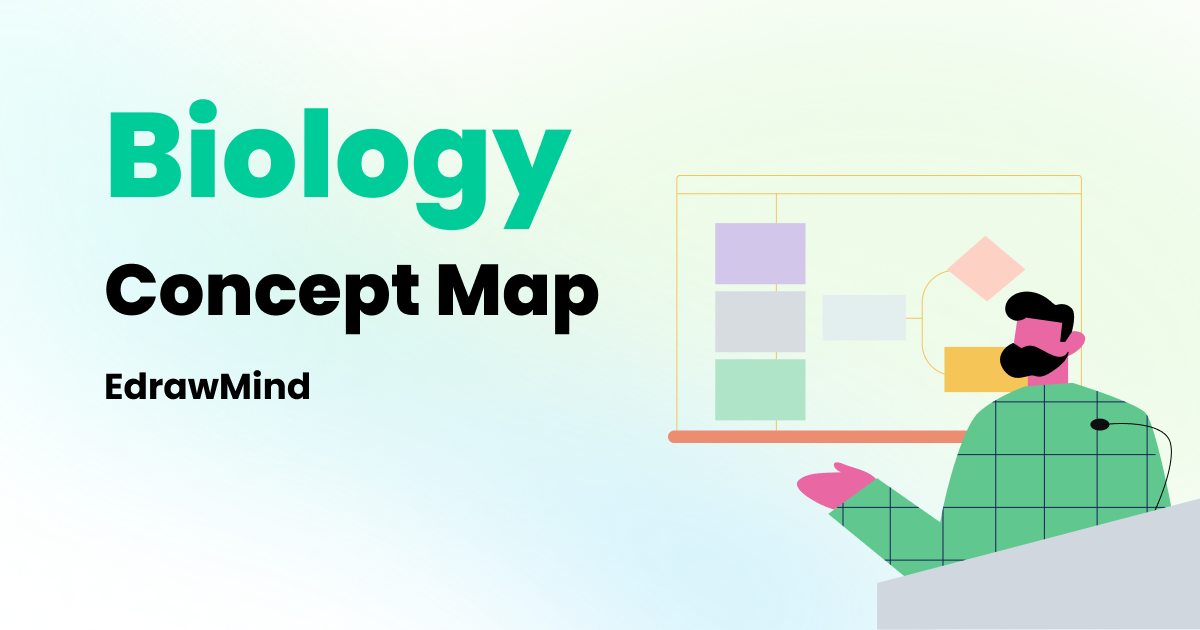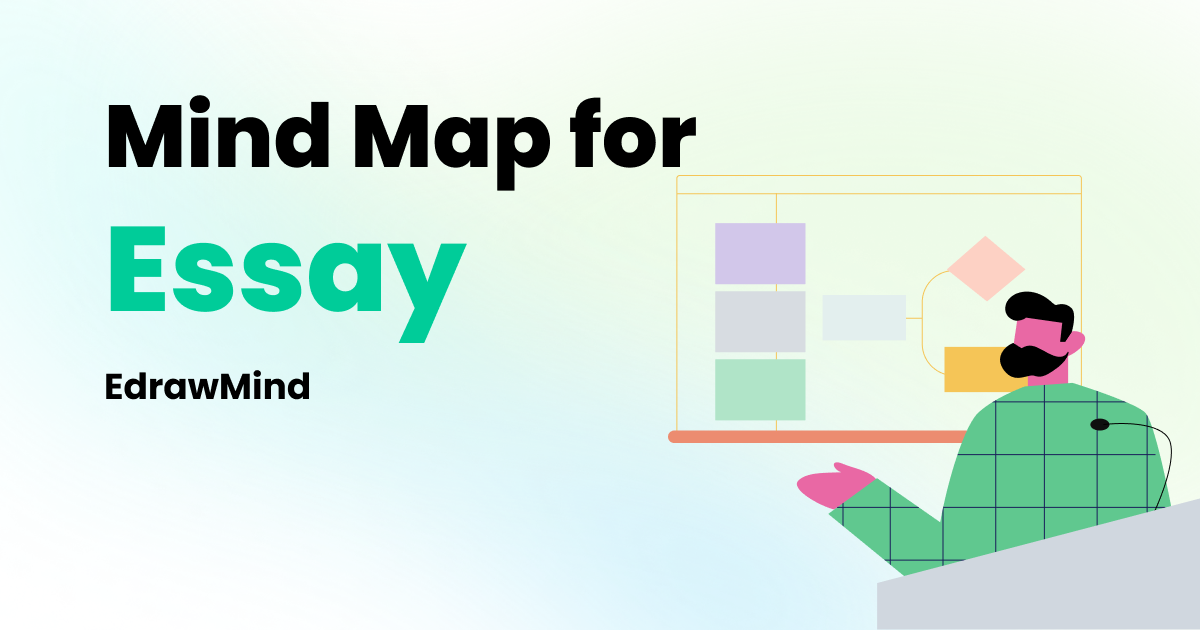Gastritis Mind Map

Gastritis is a condition where the protective lining of the stomach becomes inflamed, irritated or eroded. Gastritis comes in two forms: acute (which occurs suddenly) and chronic (which develops over time) gastritis. A third, and less common, form is erosive gastritis.
Several factors can cause gastritis to develop in a person, or increase the chance of it developing.
- A stomach weakness may lead to digestive juices to damage and inflame it.
- Gastrointestinal bacterial infections, such as Helicobater pylori (H pylori). This infection is typically transmitted via other people, or contaminated food and water.
- Crohn’s disease
- Alcoholism
- Smoking
- Drug and narcotics use
- Old age
Untreated chronic gastritis can last anywhere from a few weeks to years. More severe, acute gastritis typically lasts 2 to 10 days. Symptoms of gastritis may include:
- Vomiting
- Nausea
- Indigestion
Erosive gastritis symptoms may include:
- Vomiting blood
- Black stool
It is generally recommended that gastritis patients avoid alcohol, tobacco, and spicy food.
A condition like Gastritis can be complex. A mind map is a useful tool that breaks down the condition into various parts. This allows us to study each one in isolation to understand how the condition works as a whole.
Crucial elements that should be covered in the mind maps include:
| Gastritis symptoms |
Common symptoms of gastritis include:
Erosive gastritis symptoms may include:
|
| Gastritis diet | A doctor may require gastritis patients to follow certain dietary requirements, the most common being to avoid spicy foods, caffeinated drinks, carbonated drinks, fried food, high-fat dairy products, and alcohol. |
| Gastritis treatment | Antacids and proton pump inhibitors
|
| Acute gastritis vs chronic gastritis | Acute gastritis
|
| Gastritis pathophysiology |
|
| Gastritis risk factors | Bacterial infections
|
| Gastritis diagnosis | Upper endoscopy
|
Here are six examples of gastritis mind maps created on EdrawMind.
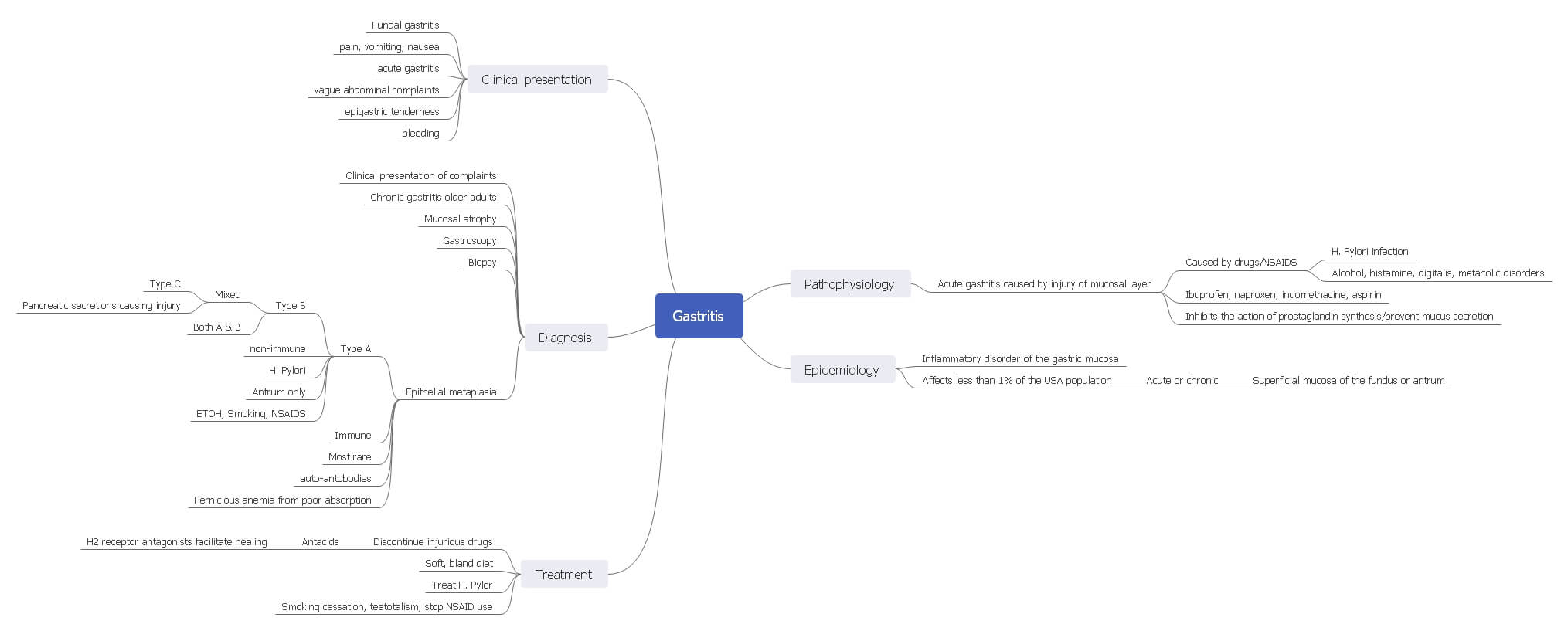
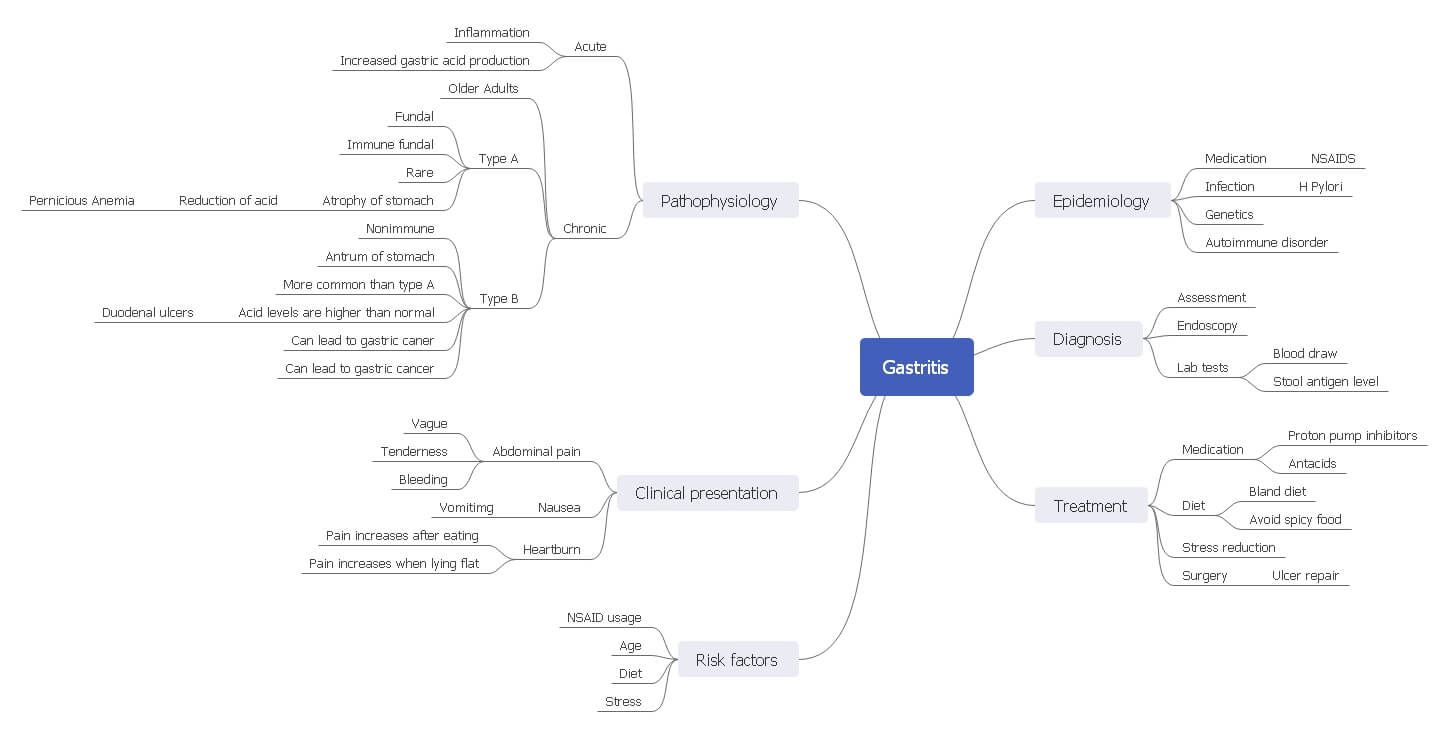
The first two mind maps shown are much more condensed. They provide a very focused look at the different factors that make up and cause gastritis, as well as the treatments required to combat it.
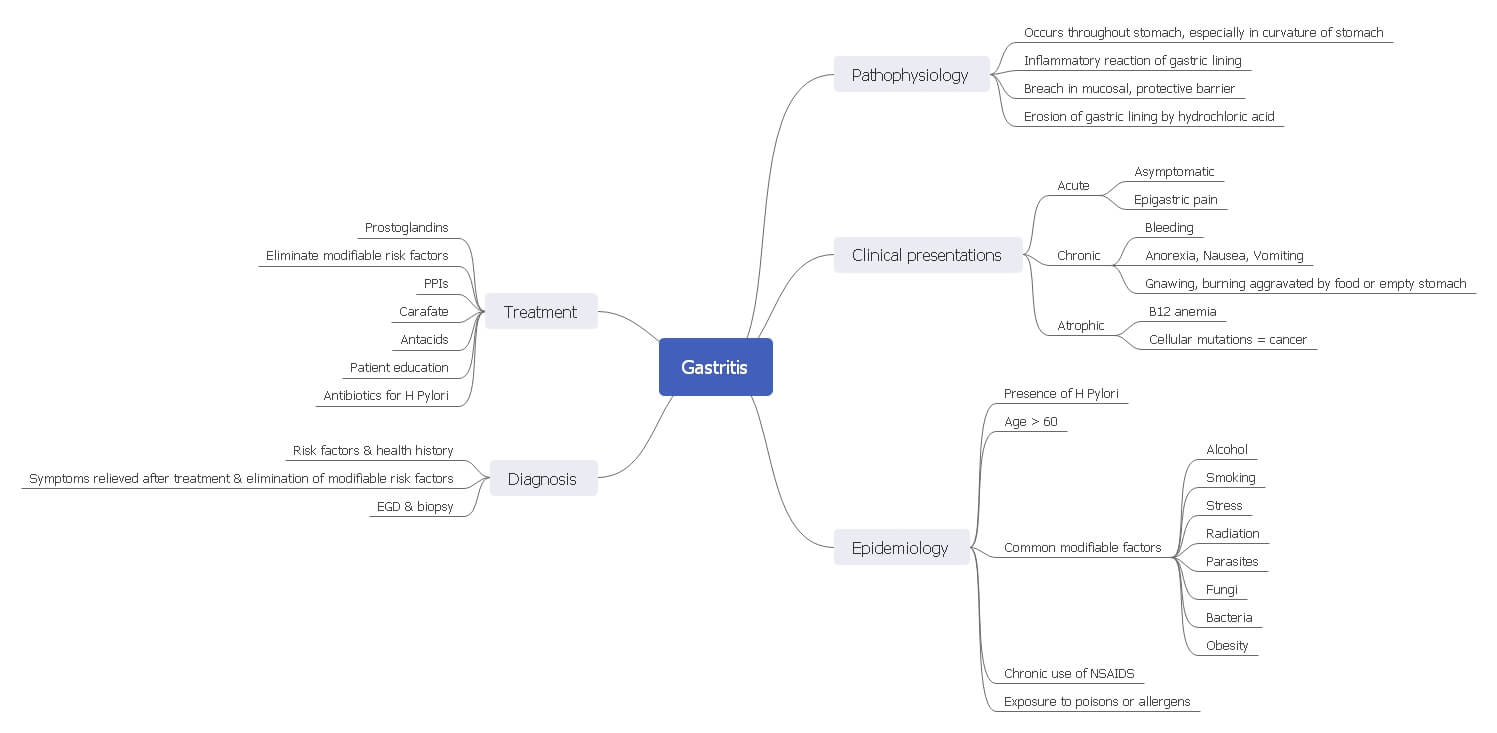

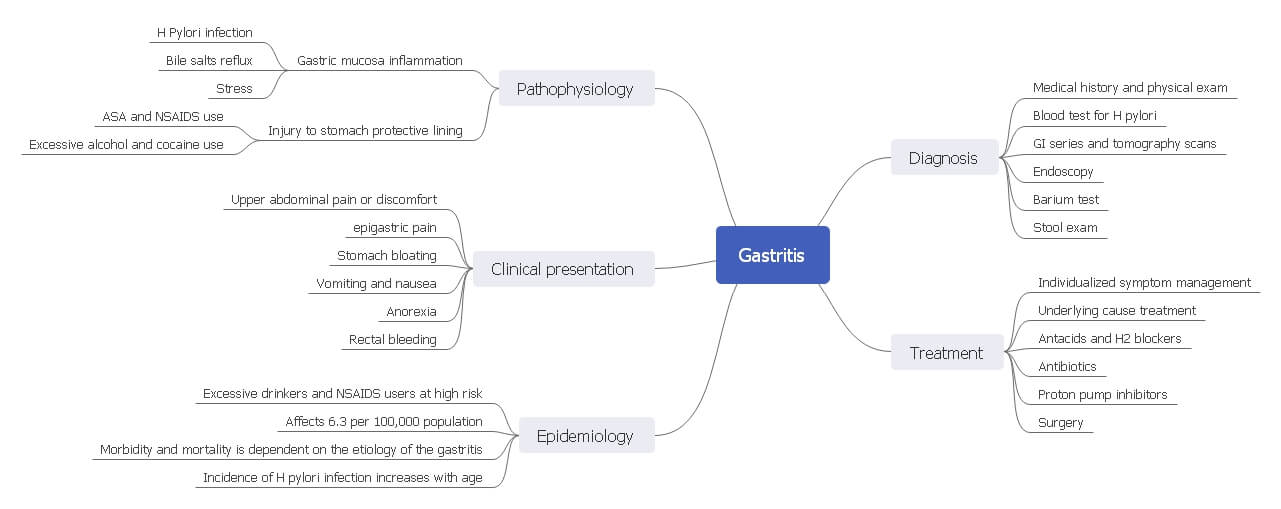
The next three mind maps are much more detailed, especially in the pathophysiology branch. Here, we really get to understand the physiological processes associated with gastritis in greater detail.
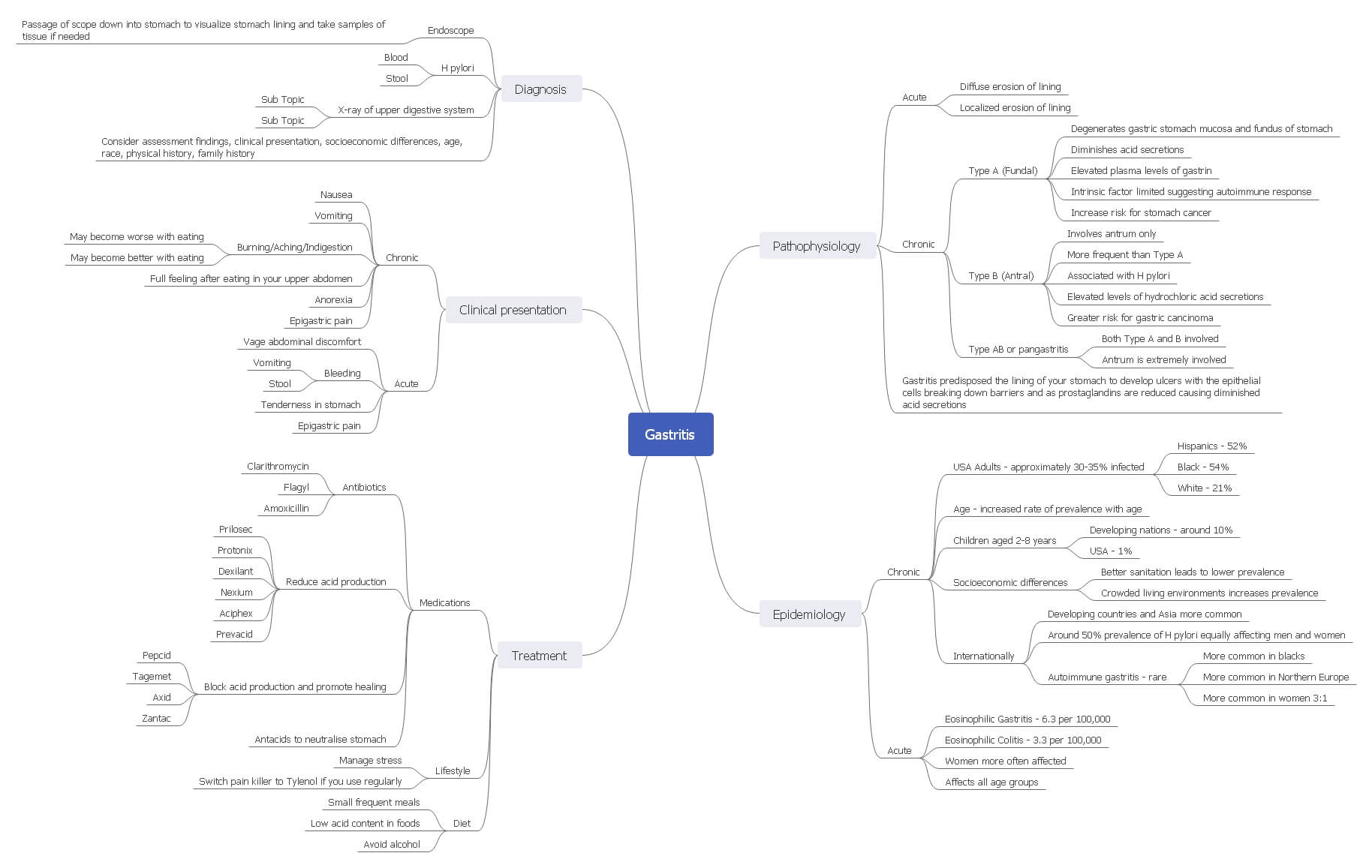
The last mind map provides a thorough look at all of the branches relating to gastritis, with the added benefit of having data to assist one’s understanding of the condition.



